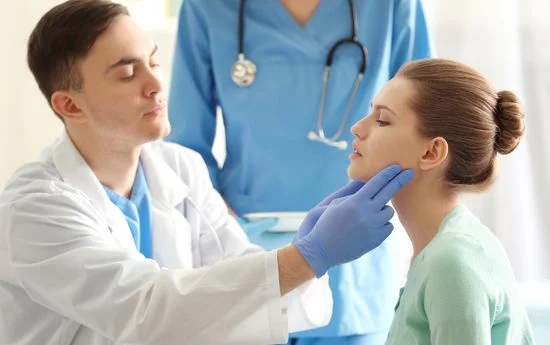A plastic surgeon is a medical professional specializing in performing surgical procedures to alter or reconstruct various body parts, typically to improve a person’s appearance or address medical issues related to physical defects or injuries. Plastic surgeons are skilled in various surgical techniques, including cosmetic surgery, reconstructive surgery, and microsurgery.
Table of Contents
What do Plastic surgeons do?
Plastic surgeons work with patients to identify and address their aesthetic concerns. This may involve physical examination, reviewing the patient’s medical history, and discussing their desired outcomes. In most cases, plastic surgeons will also conduct imaging tests (such as X-rays) to better understand the tissues they will be working with.

Once the plastic surgeon has an understanding of the desired outcome, they will proceed to develop the personalized treatment plan that takes into consideration the patient’s characteristics and goals. This plan may include surgical procedures to address issues such as skin tightening, liposuction, nose reshaping, breast augmentation, tummy tuck, and more.
Qualifications of a Plastic Surgeon
Qualifications for becoming a plastic surgeon typically involve a rigorous educational and training path. Here are the general qualifications and steps required to become a plastic surgeon:
Undergraduate Education
Becoming a plastic surgeon typically begins with a bachelor’s degree. While no specific undergraduate major is required, pursuing a degree in a science-related field, such as biology, chemistry, or pre-medicine, is advisable. During this stage, it’s important to complete prerequisite courses in biology, chemistry, physics, and mathematics.
Medical School (M.D. or D.O.)
After completing a bachelor’s degree, aspiring plastic surgeons must gain admission to a medical school. Medical school programs typically take four years and result in the awarding of Doctor of Osteopathic Medicine (D.O.) or Doctor of Medicine (M.D.) degree.
The medical school curriculum includes a mix of classroom-based coursework and clinical rotations. Students learn about various medical disciplines, including anatomy, physiology, pharmacology, and clinical medicine.
Internship and Residency
Graduates must complete a surgical internship and a residency program after medical school. To become a plastic surgeon, they typically choose a surgical residency program.
The residency program in plastic surgery usually lasts 5-7 years and provides comprehensive training in cosmetic and reconstructive surgical procedures. Residents work under the supervision of experienced plastic surgeons and gain hands-on experience in various plastic Surgeon surgical techniques.
During this period, residents learn to perform various breast augmentation, rhinoplasty, skin grafts, and reconstructive procedures. They also become proficient in patient care, pre-operative and post-operative management, and surgical decision-making.
Board Certification:
After completing their residency, aspiring plastic surgeons may pursue board certification. Although it is an optional step, it is strongly advised for building trust and subject-matter knowledge.
In the United States, board certification in plastic surgery can be obtained through the American Board of Plastic Surgery (ABPS) or the American Osteopathic Board of Surgery (AOBS). Board certification typically involves passing written and oral examinations and meeting specific training and ethical requirements.
Continuing Education and Maintenance of Certification:
To maintain their qualifications and stay current with advancements in plastic surgery, plastic surgeons are encouraged to engage in continuing medical education throughout their careers. This includes attending conferences and workshops and staying updated on the latest research and techniques.
Becoming a plastic surgeon is a lengthy and challenging process that requires a strong educational foundation, dedication, and a commitment to patient care and safety. However, plastic surgeons can succeed in a rewarding and challenging medical field with the right education and qualifications.
Conclusion
Becoming a plastic surgeon involves a rigorous journey, including undergraduate education, medical school, internship, residency, and optional board certification or fellowship. These highly trained professionals perform a wide range of surgical procedures, from cosmetic enhancements to reconstructive surgeries, improving their patient’s appearance and quality of life.
FAQs
What’s the difference between a plastic surgeon and a cosmetic surgeon?
Plastic surgeons have comprehensive training in cosmetic and reconstructive procedures, while cosmetic surgeons may focus primarily on aesthetics.
How long does it take to become a plastic surgeon?
The path typically takes 13-15 years, including education, medical training, and specialization.




